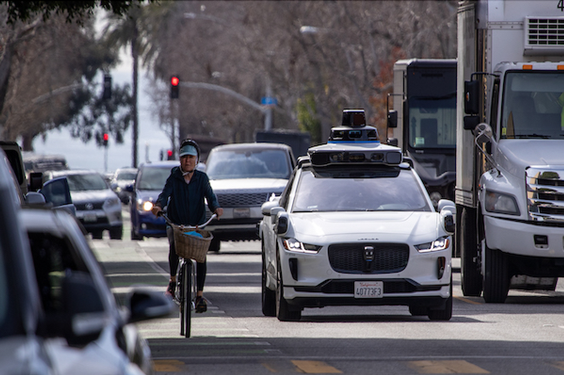OkCupid
This is the most traditional of the online dating services. You are asked a number of questions, other users can see your responses, and they can send you messages if they think there’s a potential match.
Upside: You get to see a bit of what the person is about based on their responses. Thus, you can decide for yourself if they will be a suitable match.
Downside: Making your own profile is kind of a commitment, and your inbox tends to get pretty jammed, as anyone can message you.
Tinder
This app allows you to swipe right or left to determine whether or not you think someone is attractive.
Upside: You only end up talking to someone when you’ve both swiped right, which takes out the question of whether or not you are physically attracted to each other. It’s also like a sort of screen that separates you from the unattractive people you don’t want to talk to.
Downside: The fact that it’s connected up with Facebook means you can see if you have any mutual friends, taking out the anonymity of online dating. Plus, it can be considered a “shallow” dating device as you only get to contact someone if they find you physically attractive as well.
Grindr
Before Tinder, there was Grindr, an app designed for gay, bi-sexual, and bi-curious men. It makes use of the fact that you can share your current location so you can meet up easily.
Upside: You can meet up right when you are matched, so it’s perfect for casual flings and one-night stands.
Downside: People generally aren’t looking for long-term love on Grindr, so if that’s what you’re looking for, good luck.




